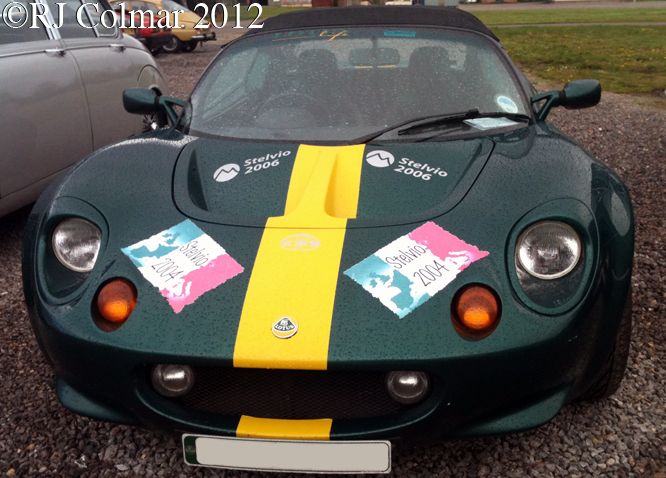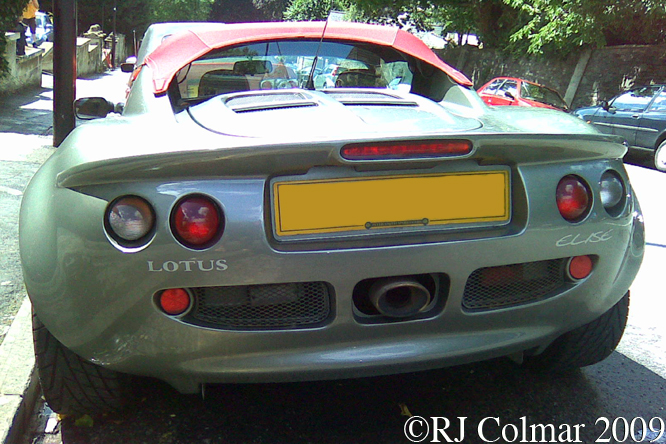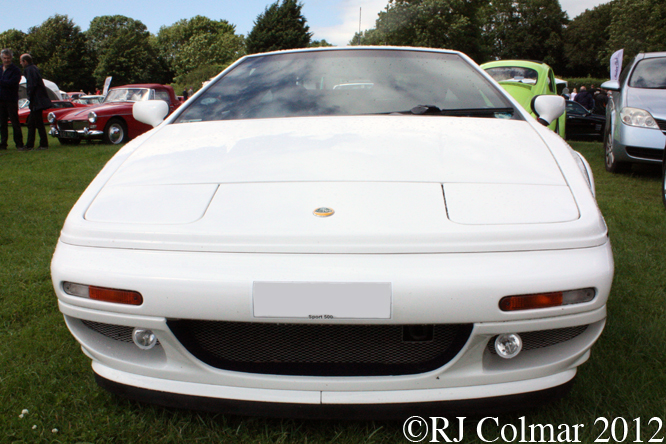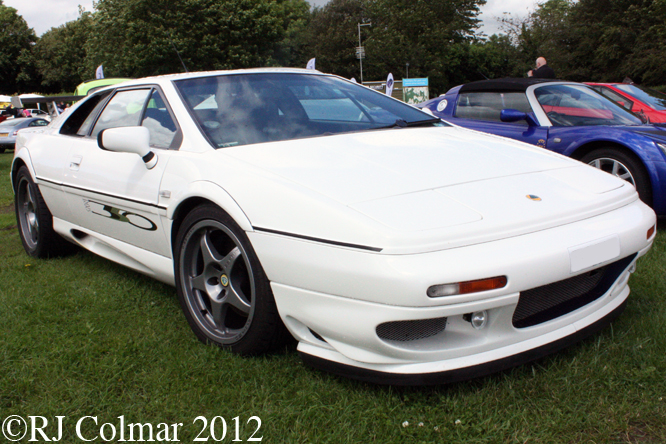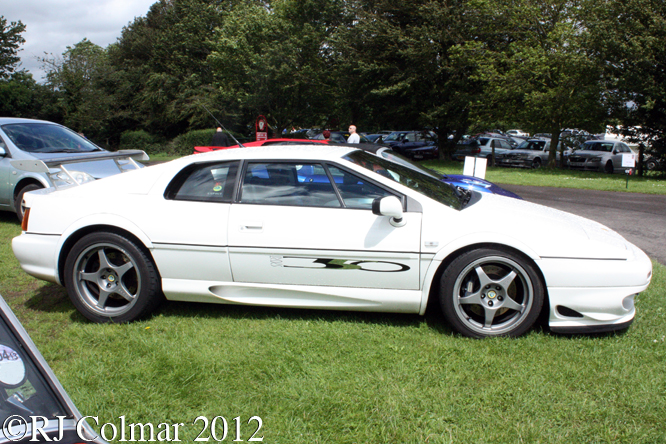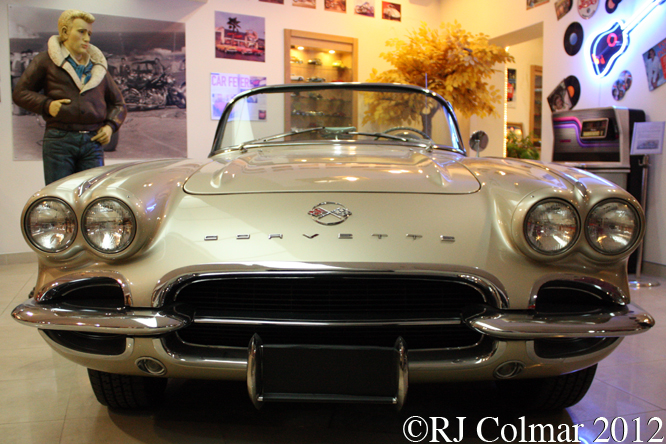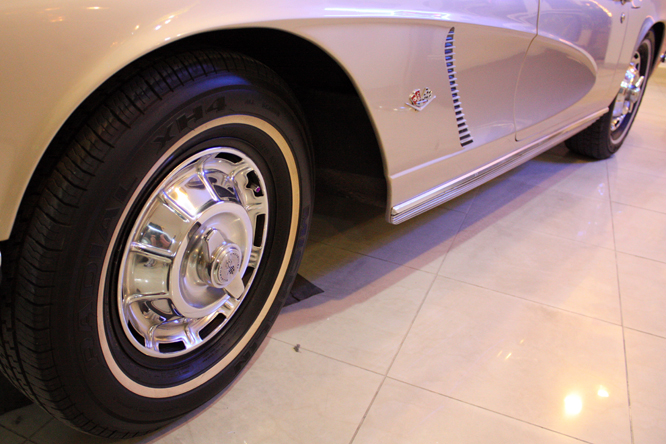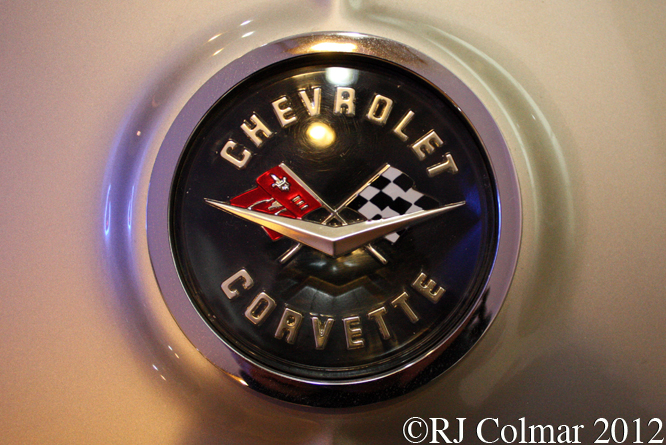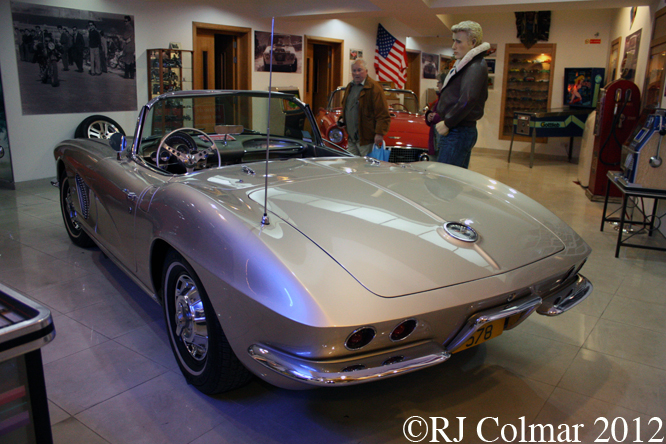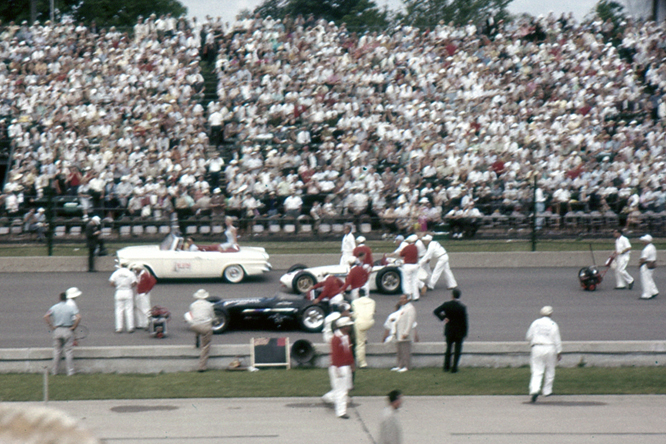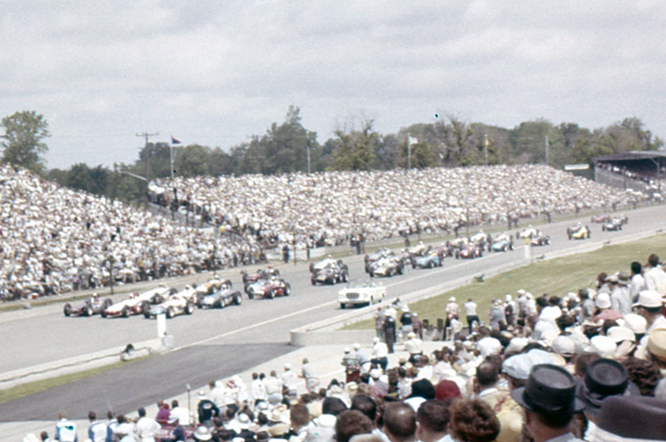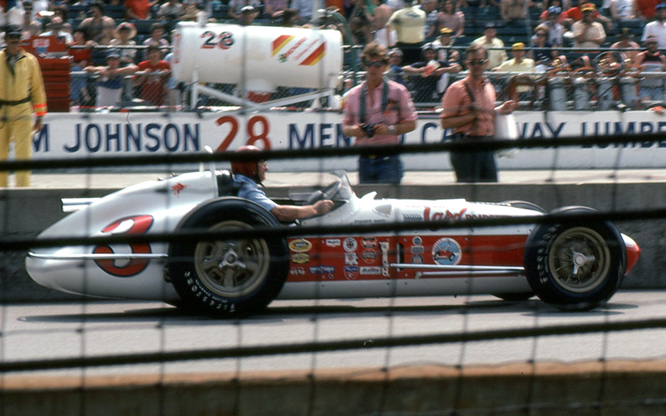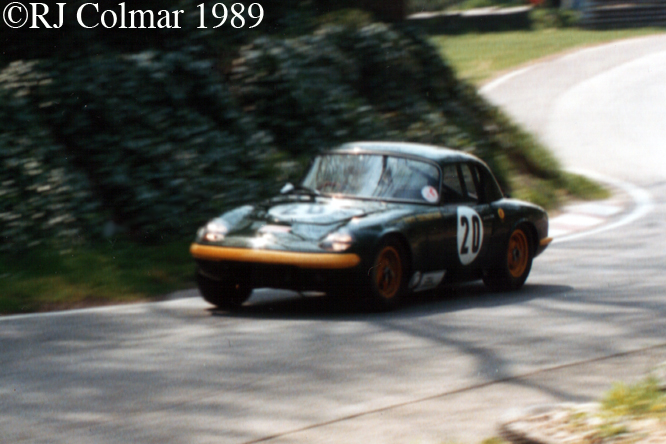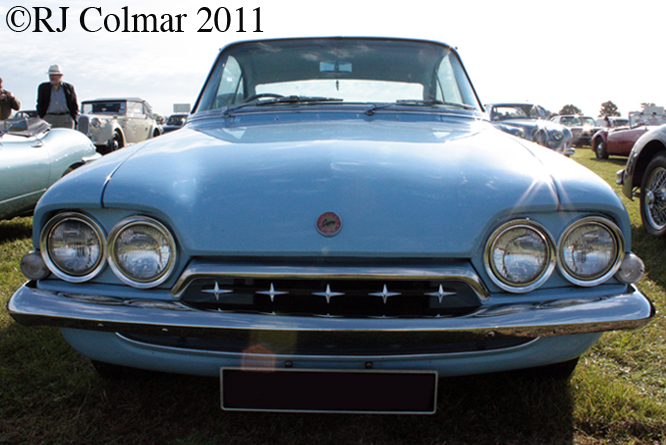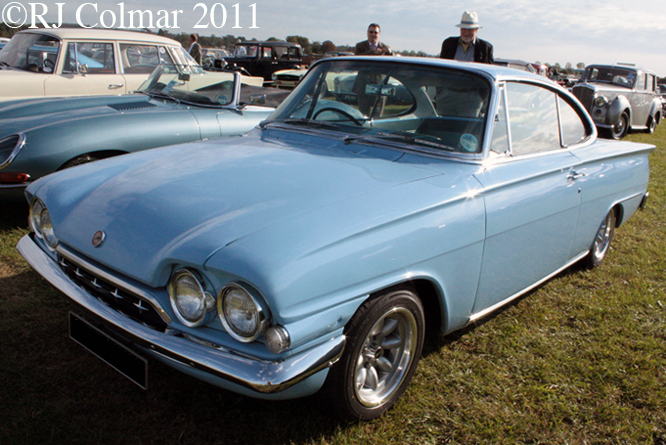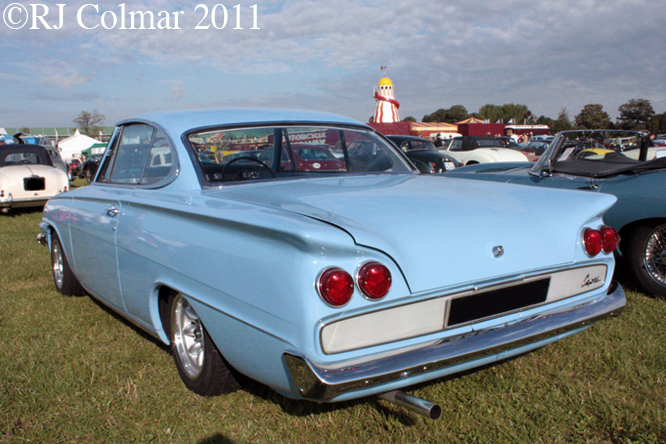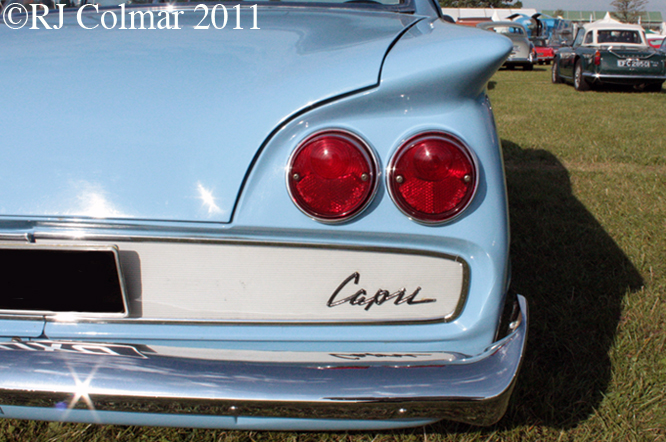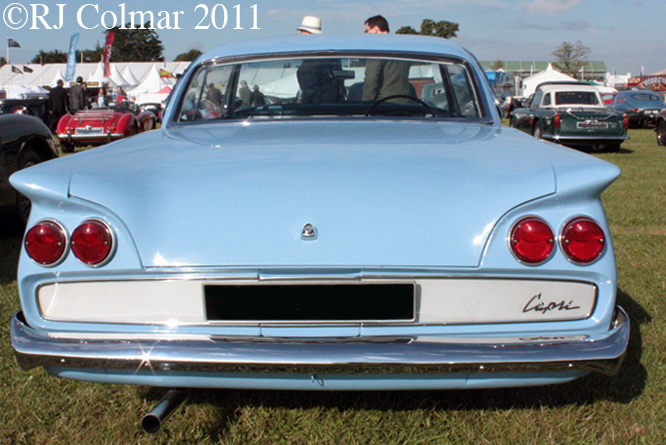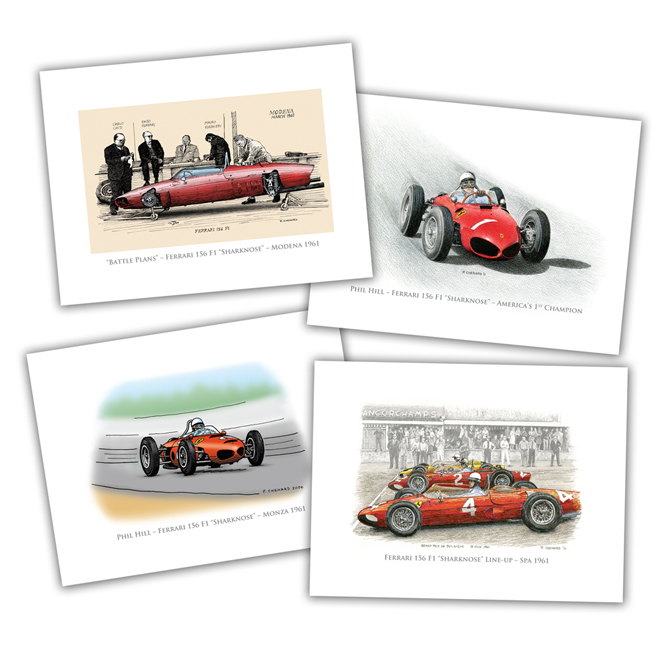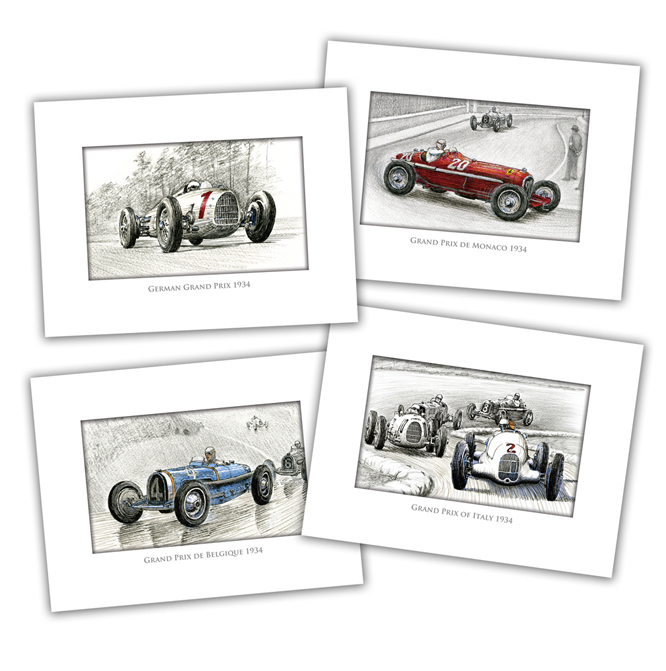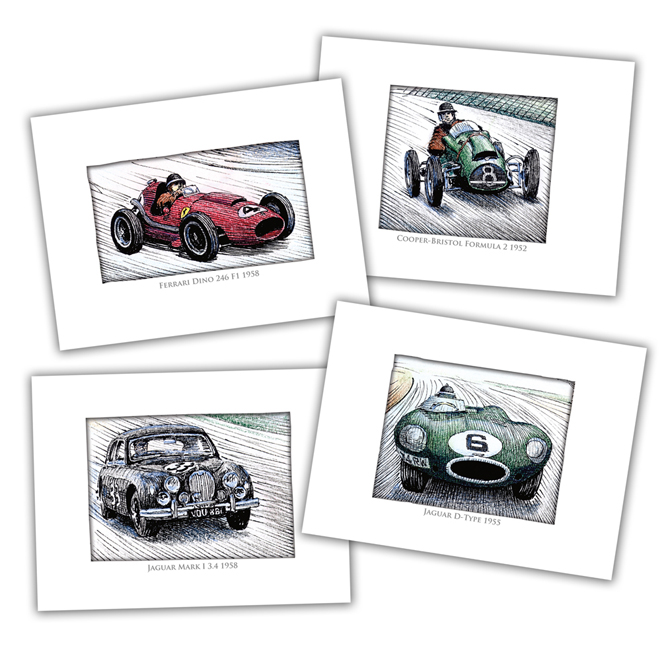With the arrival of the enthusiastic Zora Arkus-Duntov in GM’s engineering department, the famous Chevrolet small block in the engine bay and some competition in the form of the Ford Thunderbird, Chevrolet ramped up it’s commitment to building and American sports car in 1956 by replacing the first iteration of the Corvette which was considered low on performance, high on water leaks into the cockpit and less than a true sports car.
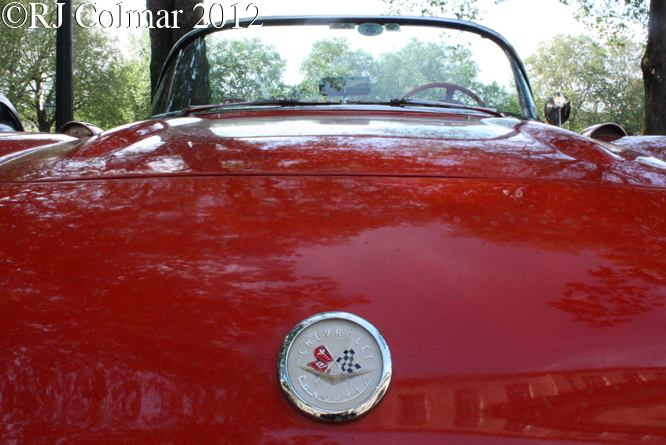
Banished for ever in 1956 was the 155 hp triple carburetor Blue Flame six cylinder engine, the Corvette from 1956 on was strictly a V8 powered vehicle.

For ’56 there was all new bodywork, replacing the first generations body that was close to the original concept Corvette first seen in 1953.
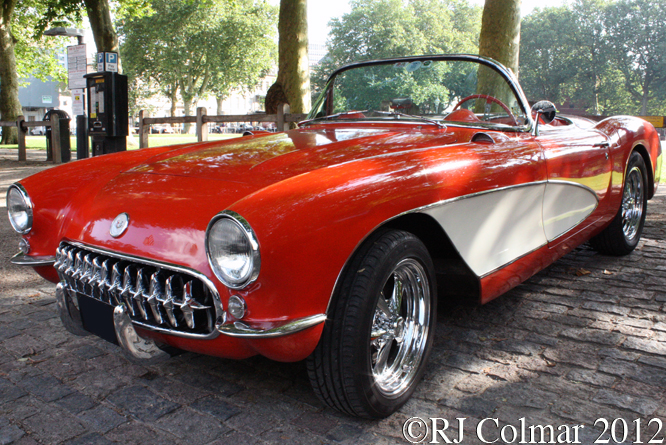
The bold sculpted sides behind the front wheels really helped the second iteration two tone Corvette stand out from the crowd.

As did the faux air scoops on the front wing/fender.
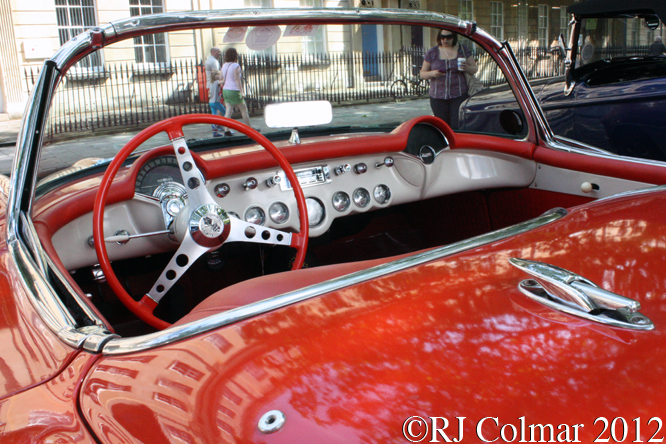
There was a hard top hood option and the much improved soft top had a power assisted option as did the roll up glass window’s.
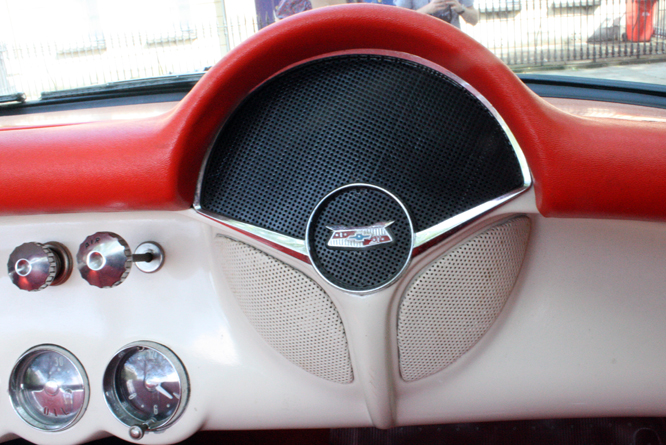
The three speed manual transmission became standard but the, inferior performance wise, Powerglide automatic remained an option. The cockpit controls fittings and instrumentation of the ’56 and ’57 ‘vettes remained similar to the original Corvette cockpit.

Following in the footsteps of 1953 Gutbrod and the 1954 Mercedes Benz 300SL in 1957 the GM Rochester constant flow fuel injection was an option for the Corvettes small block V8. This innovation while not widely taken up, 1040 FI units were sold, took the power up to 290 hp, however for marketing purposes the car was said to have 1 hp for every one of of the small block V8’s 283 cubic inches.

Thanks to Zora Arkus-Duntov ’57 Corvettes could be ordered with ready to race options including the fuel injection, heavy duty suspension and if the advertising is to be believed even the power windows were said to be lighter than the manual window mechanisms.
Among the race outright Corvette winners in 1956 were Bob Stonedale, Mansfield, Bark Henry, Road America, Bill Pollack, Buchanan Field, Robert Bennet, Mansfield and most successful of all in ’56 was Dick Thompson who won at Beverly, Seafair, Thompson CT, and Palm Springs.
In 1957 Corvette drivers winning outright are known to have included Ruben Ciriacks and Peter Talbot at Hawaii, Ned Yarter at Willow Springs and Bakersfield, Jerry Parsons at Smartt Field, Bob Drake, Santa Barbra, Dick Thompson, Cumberland, Eagle Mountain, Marlboro, Viginia, Road America, Bob Byrd, John Masterson and Lloyd Gray at Cotati, Jim Jeffords, Milwaukee, Lloyd Porter at Bakersfield, Bark Henry, Lime Rock and Montgomery, Dean McCarthy, Watkins Glen, Jerry Austin, Pomona, Santa Barbra, Riverside, Palm Springs and Paramount Ranch, Bob Bent Cotati and Arcata, Leonard Butscher, Thompson CT, Fred Windridge, Watkins Glen and Bridgehampton, Dan Gurney at Riverside, John Wood, Willow Springs, H. C. Hoppe (Ladies Races) Bakersfield, Willow Springs and Orange County, Hugh Woods and Cal Bailey at Hourglass Field, Jack Bates and Frank Cairns at Pomona, John Voevodsky and Bill Moore at Phoenix and finally Elgin Holmes who won at Willow Springs and Orange County.
With Duntov’s vision the American sports car had finally arrived.
Thanks for joining me on this “FI = 1 H.P. per CU. IN. x 283” edition of “Gettin’ a li’l psycho on tyres”, I hope you will join me tomorrow for Ferrari Friday. Don’t forget to come back now !
